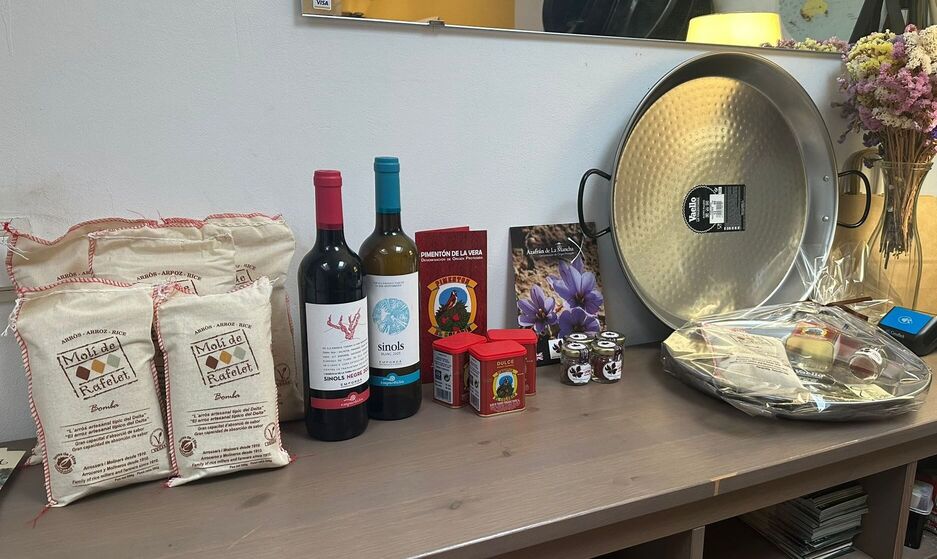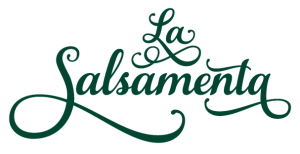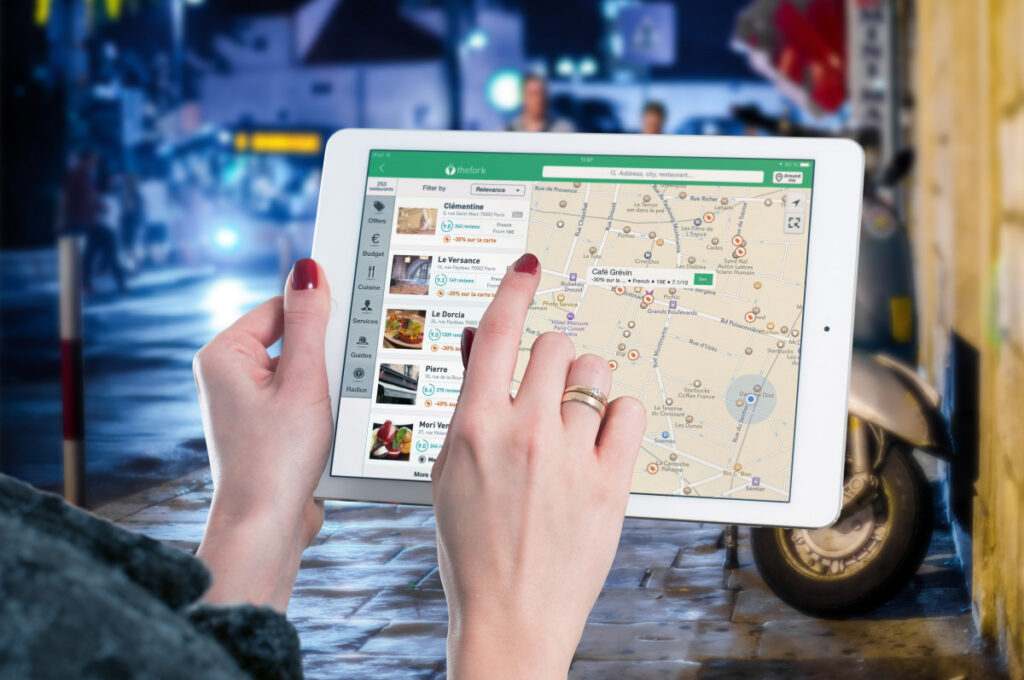Local Ingredients: The Key to Our Paella


Welcome to our Blog!
Here we are with some news about the local ingredients we use for our paella cooking experience at La Salsamenta. After years of experience and working with major partners for all the products we use at home, we have decided to make a move forward to support locals. We are switching the supermarkets partners for the local when possible.
We have made a few trips to meet people that works on the field for products we use for our paella cooking class and other culinary experiences, like rice, pimenton, saffron, etc. and that match with our philosophy. Believe it or not, it’s not much more expensive than other ingredients for making the best paella in Barcelona!
So after our finding, we are moving everything we can to those new suppliers. You can check some of them at our About Us section! Currently working on Saffron, Rice, Pimenton and Paellas.
We believe this change will be highly beneficial for our paella cooking classes and other cooking classes. By using local ingredients for our paella, we can provide a more authentic and enriching experience for our participants. Our paella cooking experience in Barcelona will showcase some of the finest paellas the city has to offer, giving our guests a taste of the city’s culinary excellence.
We will continue working to add more of them in the near future! Stay tuned and join us at La Salsamenta for an unforgettable cooking experience!
BONUS: Most of them do not send overseas (nor even for retail). So after the requests from some of our recent guests we have reserved a little space for them in our secret garden in Barcelona so you can buy their product and bring it home for you or as a present for your friends and family.



